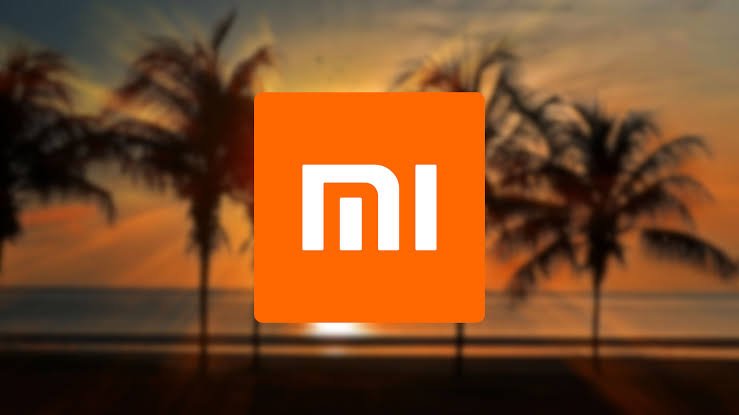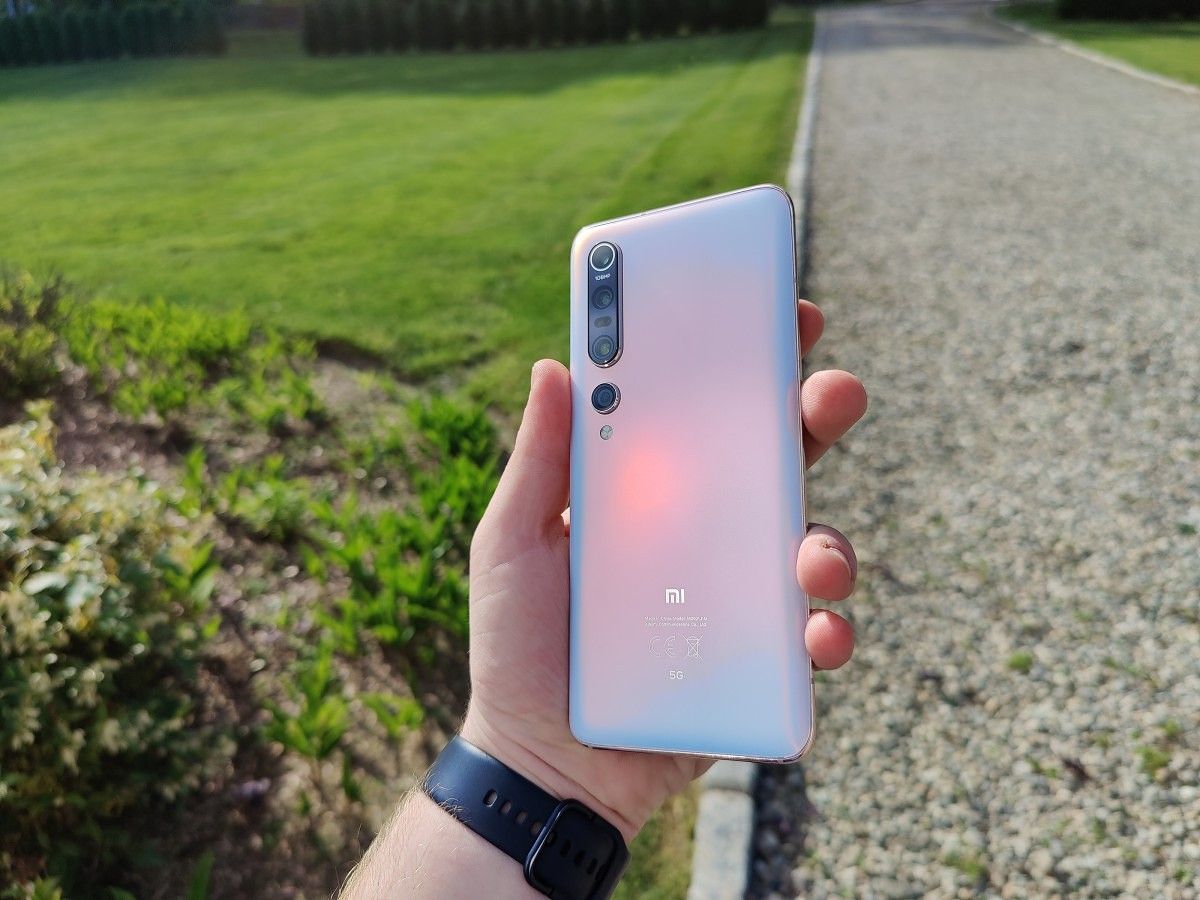Bejing-based Xiaomi Leads the Indian Smartphone Market Despite Challenges From the Indian Authorities; Oppo is the Only Brand Still Growing.

According to a recently published report, the number one position in smartphone sales has been topped by Xiaomi, Xiaomi Corp, which continues to maintain its topmost position in the smartphone sector in India, which is the second-largest market for smartphones in the world.
The report published by Canalys focused on India’s smartphone sector and released data that confirmed Xiaomi’s leadership followed closely by Samsung.
The smartphone sector in India has taken a recent hit, and in Q3 2022, the overall shipments fell by 6% compared to a year ago quarter in India. The report cites that the fall may be owing to the weak demand for low-end devices.
Xiaomi has continued its leadership position in the Indian smartphone market despite the Indian government coming down heavily on the Chinese firm for allegations of tax evasion and money laundering.

India’s smartphone market has become the top gunner, valued at US$139 billion in 2021, and it is expected to grow by US$281 billion by 2028.
And hence, the Indian markets are one of the few critical growth markets for Chinese smartphone manufacturers.
Chinese brands, including Oppo, Vivo, and Realme, accounted for more than 76 percent of the smartphone market in India last year, according to research firm Canalys.
Xiaomi’s Top Position – Sales
The report by Canalys, Xiaomi maintains its number one position in India, although the smartphone market has seen a decline in numbers in the third quarter.
The report cites that Xiaomi has an overall market share of 21% for Q3 in 2022, and it shipped 9.2 million units. However, compared to the last year’s figures, which stood at 11.2 million units, there has been a fall in the annual growth rate of Xiaomi, which fell by 18%.
The number one slot in the smartphone market is mainland China; however, Xiaomi continues to have the second-largest market in India. The sale of the company devices picked up ahead of India’s festive season.
Xiaomi, a Chinese company, has been under the scanner of the Indian government as part of the scrutiny that the Indian government has maintained on the operations of Chinese tech – firms and other Chinese companies.

Samsung Electronics Second Position – Sales
Samsung Electronics is the global smartphone industry leader and comes second in India in market share.
Samsung’s overall market share in India fell by 11%, with shipments of 8.1 million units in the third quarter of 2022.
Samsung, the South Korean company, has been the world leader when it comes to smartphones and captured 18% of the total market in India in the same quarter. Samsung maintained its strong sale momentum both in the mid and high-end categories because of an aggressive marketing strategy – offers and promotions.
Vivo and Oppo
Both Chinese smartphone giants, Vivo and Oppo, took third and fourth positions in the Indian smartphone sales segment. Vivo had a total shipment volume of 7.3 million units, while Oppo had 7.1 million.
According to the Canalys report, Oppo was the only smartphone company among the top five that had positive year-to-year growth numbers, which was at 14% in the quarter of September 2022.

Chinese Smartphones penetration into Indian Markets
India has a robust market for smartphones, and each year, the Indian market continues to be the most lucrative in regard to smartphone use and sales.
The same can be gauged by the figures where smartphone shipments in India reached 47.5 million in 2021; this year around, however, there has been a slight decline in the total numbers in India at 44.6 million in the third quarter of 2022.
The drop in sales is attributed to poor performance in the low-end segment of the smartphone market.
The fact that Chinese companies take all slots in terms of market share is an example of how deep the Chinese smartphone companies have penetrated the Indian markets and continue to hold good ground in the smartphone market in India.

This is despite that the Indian government had come down hard on Chinese firms and continues with this stand, wherein tech companies like Huawei Technologies Co and even Xiaomi in Vivo found themselves on the list, among others. India had moved to restrict these firms from selling low-end devices in the south Asian country.
Earlier this month, an Indian court order against Xiaomi froze US$676 million worth of its assets in India. Following the court order, Xiaomi stated that it was “disappointed” with the verdict to freeze its assets.
In August, New Delhi started a coordinated effort to investigate the finances of Chinese companies, which prompted allegations of tax evasion and money laundering.
The High Court of Karnataka had rejected Xiaomi’s appeal to seek interim relief from a court order to seize those assets, a move that the Chinese company said had “effectively halted” its local operations.
Why is the Indian smartphone market essential for Xiaomi?
The Indian smartphone market is at the moment crucial for Xiaomi since the Chinese markets are down, affecting its growth potential in the home country.
Even though Xiaomi is under investigation for tax evasion and money laundering by the Indian authorities, Xiaomi is predicted to hold on to its Indian smartphone business. However, there were rumors in the market that Xiaomi may move its operations from India to Pakistan.
However, the Chinese smartphone maker has been quick to dispel the rumor that it was looking to do so.
The tussle with Karnataka Court
Xiaomi’s online legal battle, the High Court of Karnataka, denied the firm’s fresh appeal seeking interim relief from a court order wherein its assets were frozen; however, the appeal was dismissed.
Xiaomi’s assets worth US4676 million were frozen in April on the grounds of illegal remittances under the guise of royalty payments to a US tech firm Qualcomm, which Xiaomi denied saying it had done no wrongdoing and the payments done to the US firm were legitimate.

Xiaomi entered the Indian market in 2014, giving Samsung Electronics a strong run for its share in the Indian market. It dethroned Samsung and emerged as the bestselling Chinese smartphone vendor.
Again in 2017, Xiaomi edged past Samsung to become India’s most popular smartphone brand. Since then, Xiaomi has continued to maintain its lead over Samsung and other brands, although it has declined in growth prospects in its home country – China.
However, things for Xiaomi’s changed in 2020 after military clashes with the Chinese soldiers began on the frontiers. India’s Directorate of Enforcement froze Xiaomi’s assets and fellow Chinese smartphone makers Huawei Technologies Co and Oppo, and Indian authorities raided the respective companies over alleged money-laundering activities.
Xiaomi, in its latest quarterly report, stated that the firm has been battling various investigations initiated by Indian authorities, including the Income Tax Department, the Directorate of Revenue Intelligence, and the Directorate of Enforcement, over income tax and customs duties regulations, as well as regulations in regards to foreign exchange since 2021.
Meanwhile, Xiaomi’s smartphone sales in China fell due to weak consumer spending, and Covid -19 led to disruptions in its home country China. Its Chinese sales generated more than half of the company’s total revenue, which dropped 29 percent in the second quarter of 2022.
Chinese brands, which also include Oppo siblings Vivo and Realme, accounted for more than 76 percent of India’s smartphone market last year.






